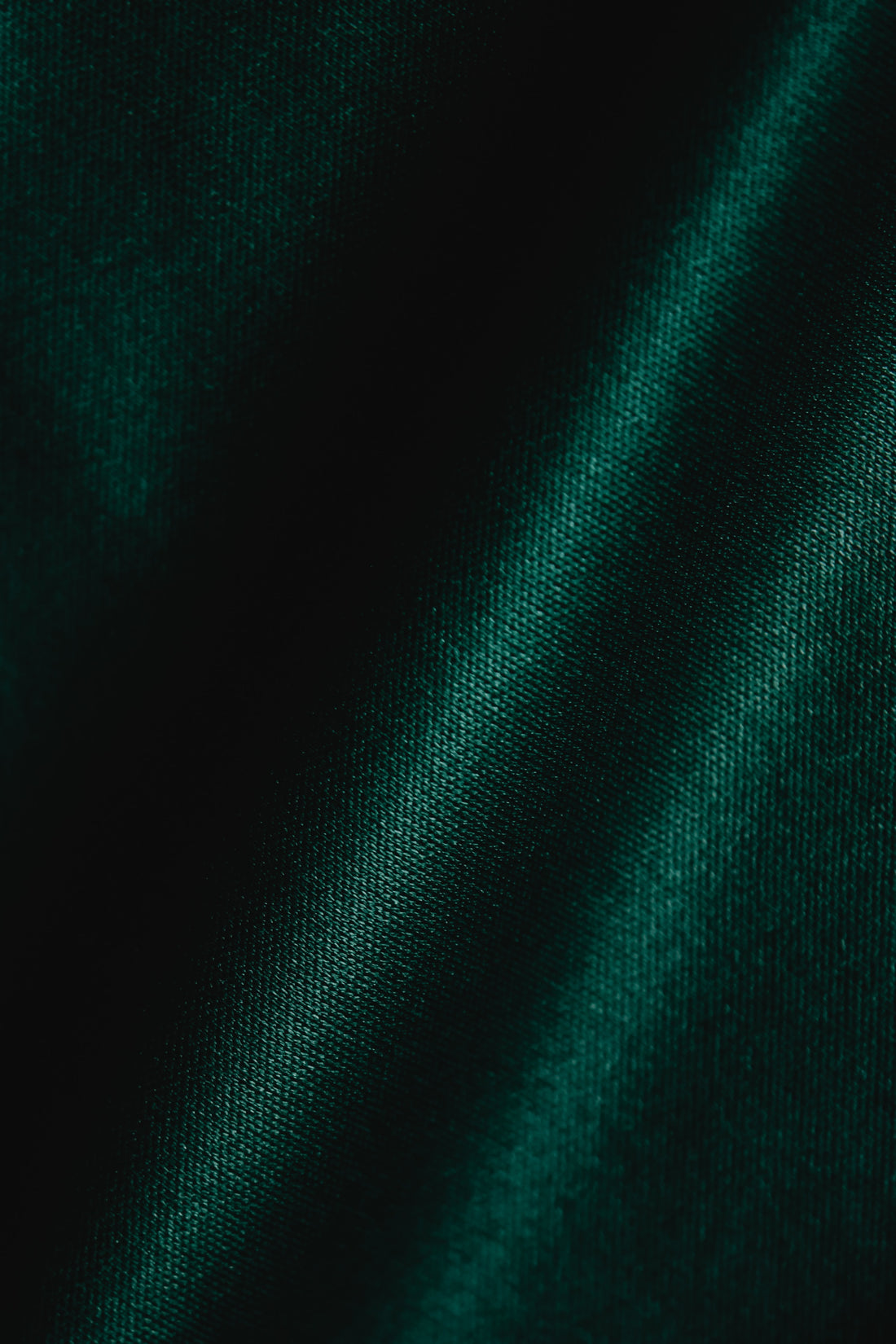
Phthalo Green: A Revolutionary Pigment
Phthalo Green is a copper-based pigment with a rich and fascinating history that dates back to the mid-1800s when chemists first began experimenting with synthetic dyes. However, it wasn't until the early 20th century that Phthalo Green was developed, quickly becoming a popular choice for artists due to its intense colour and versatility. Prior to its development, artists had limited options for blue-green hues that were toxic and unstable. Verdigris and emerald green, made from copper and acetic acid and arsenic, respectively, were the only options available.

A sharp change from the toxins and hazardous conditions of the past, Phthalo provided artists with a safer and more stable alternative to toxic blue-green pigments. Its first production occurred in 1938, quickly gaining popularity for its rich, velvety hue, which some artists have even described as the most significant advance in artist pigments since the discovery of synthetic Ultramarine Blue in 1826.
The colours' popularity continues today due to its versatility and vibrant colour. It is used in various industries such as textiles and printing due to its unique properties, which make it well-suited for glazing techniques that can create complex and layered effects in a painting. One of the most famous artists to use Phthalo Green was Jackson Pollock, who incorporated it into his painting "Alchemy." Pollock's use of the pigment contributed to the vibrant and dynamic nature of his signature drip style.
Phthalo Green is more than just a colour; it is a symbol of innovation and creativity that have fueled artistic expression for centuries. Its development provided artists with a safer and more stable alternative to toxic blue-green pigments, and its versatility and vibrancy continue to inspire artists today. Whether used in paintings, textiles, or other applications, Phthalo Green remains a timeless and beloved tool in the artist's creative arsenal. The colour's name itself is an homage to both the hue and innovation.
